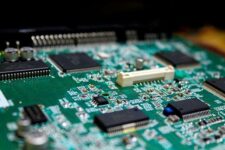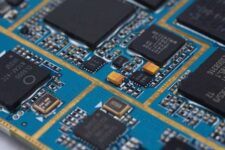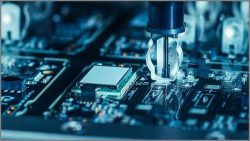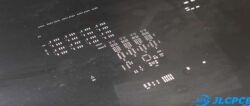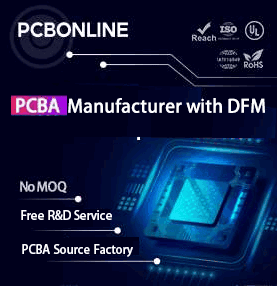A List of Seeed Studio PCB Assembly Sponsorships You Shouldn’t Miss

The COVID-19 pandemic significantly affected the offline trade contacts, therefore, lots of companies turn to find PCB assembly partners online in the past year. Seeed Studio has always been committed to providing companies around the world with faster and higher-quality manufacturing services, their ongoing goal is to assist customers to achieve the best possible time to market and competitive advantage by providing PCB assembly service in a sustainable way at the lowest total cost through competence, delivery accuracy, and product quality. In this piece, we’ve put together a list of sponsorship activities that Seeed Studio offers for their PCB assembly customers. Without further ado, let’s jump right it. Design for Assembly (DFA) Review Now Free for All PCB Assembly Orders with Seeed Fusion Seeed Studio are now including the highly acclaimed Design for Assembly (DFA) review with every PCBA order – 100% free. No prices have been hiked up or additional fees squeezed in anywhere.

